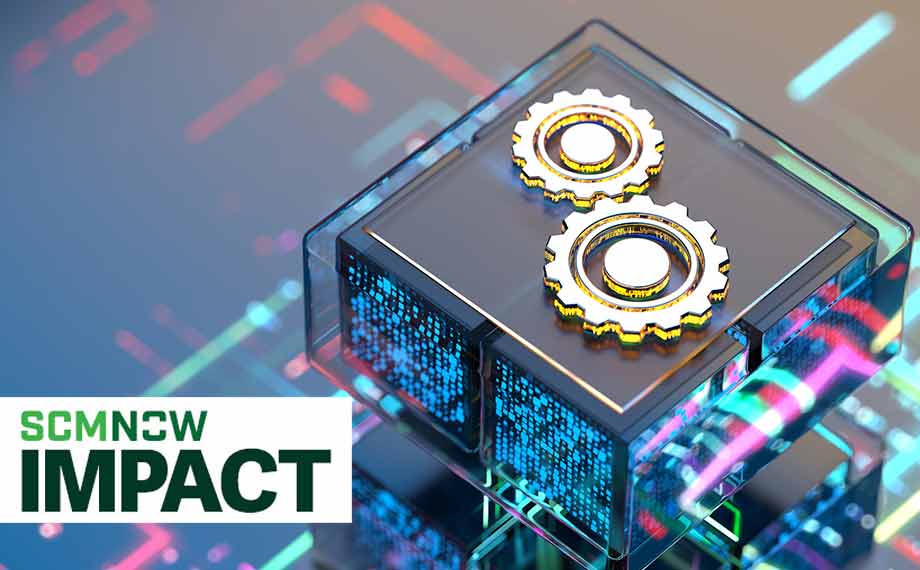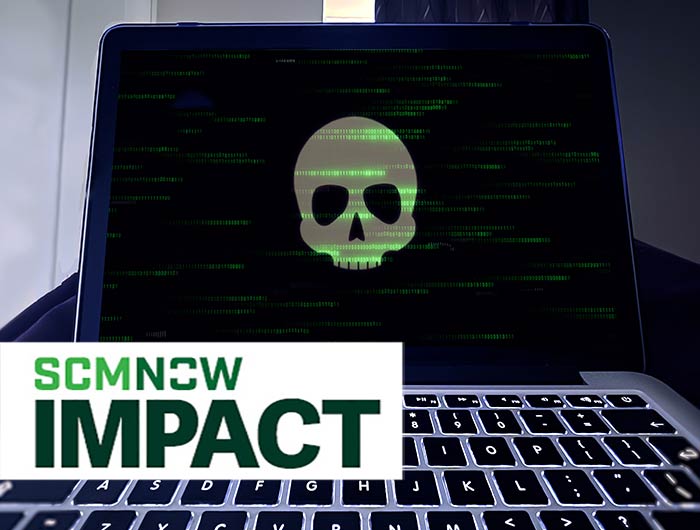Supply chain professionals face a daunting challenge: protecting their networks from increasingly sophisticated cyber threats. From ransomware attacks to data breaches, the consequences of an attack can be devastating. It's no longer enough to simply have cybersecurity measures in place; we must continuously adapt and evolve to counter the ever-changing threat landscape.
In the news this week, Cyber Magazine reports that health care supply chains have experienced a huge uptick in cyber threats. A whopping 92% of U.S. health care bodies have been hit by cyberattacks within the last year, and 82% of those interfered with patient services, including “postponed surgeries; unattended medical examinations; and, often, deterioration in patient outcomes.” Many of the affected medical facilities also ran out of life-saving equipment or products.
Supply chains are a prime target for cybercriminals because these networks offer a wide attack surface of interconnected organizations with varying degrees of preparedness, as I told SupplyChain247 this week. A singular weakness can expose the entire network, giving bad actors access to private data and the ability to spread ransomware.
Emerging technologies are particularly vulnerable, warns the World Economic Forum: “More than 200 critical and emerging technologies will rapidly expand potential cyberattack entry points. By 2025, 75 billion connected devices will each represent a potential vulnerability.” Generative AI, for instance, has produced system vulnerabilities that include “data poisoning, model manipulation and adversarial attacks such as AI-driven phishing,” the WE Forum explains. However, AI is also a great use case for enhancing security measures, so it’s important for supply chains to continue to explore and innovate.
Unfortunately, all of this also means that burnout in the cybersecurity sector is at an all-time high. In fact, Forbes reports that one-quarter of information technology executives are actively considering leaving their roles, with 93% citing overwhelming stress as the key driver. These leaders are not only responsible for safeguarding data and infrastructure, but also on the front lines of mitigating damage from myriad incidents. The broad and varied nature of the threats makes the job much more complex, especially during the regular workday — a full 98% of these professionals say they work overtime each week.
This Cybersecurity Awareness Month, let’s support those who are keeping us safe and embrace a more global focus. As ASCM Editor-in-Chief Elizabeth Rennie notes, “Cybersafety is everyone’s job, and the United States certainly isn’t the only nation to be threatened. Over the past few years, hacking groups attacked hospital computer systems in Europe; sent phishing emails to government employees in Australia; and targeted several entities in Malaysia with reconnaissance malware, to name just a few. There’s no doubt that addressing cybersecurity risk requires collaboration to share intelligence, best practices and resources, ensuring a safer digital world for everyone."
Feeding the firewall
As a supply chain professional, there’s a lot you can do to toughen your organization’s defenses. First, check out the many resources in the ASCM Insights blog, including four essential strategies for safeguarding the threat landscape and proven ways to get control of the cybersecurity vulnerabilities. Then, enroll in ASCM’s Supply Chain Technology Certificate program to learn how to evaluate the benefits and risks of common supply chain technologies, make more informed decisions directly affecting performance, and devise solutions to the most pressing cyber challenges. Equip yourself with the tools and knowledge to outsmart the threats and build a more resilient supply chain.



